What Are Warehouse Drones?

When investigating different types of warehouse automation, drones will inevitably pop up in your search. It's only been within the past few years that warehouse drones have been a truly feasible reality. The reasons for this are mainly due to the technology required for drones to safely and reliably navigate indoors (without GPS) finally being available.
Warehouse drones are aerial robotics platforms that typically operate indoors, inside warehouses, or distribution centers. To be effective, they have to be able to safely operate without GPS signals. Because they fly indoors, they don't have to comply with regulations from aviation rule makers, like the FAA.
Typically, warehouse drones are tasked with remote sensing operations inside of facilities - using their cameras to capture data inside the warehouse. This means that warehouse drones are not physically moving anything or doing order picking inside distribution centers. Warehouse drones are just one component of a warehouse automation system: data collection.
Drones have been previously used outdoors for leisure and for businesses in industries like agriculture, construction, utilities, land surveying, and energy. Companies like DJI, with 70% of the global drone market have excelled at building solutions for commercial and personal users.
Solutions using these flying robots can solve problems for warehouses, indoors.
Warehouse drones collect data using pictures
Warehouse drones collect the data needed to analyze - the same way a mounted security camera collects data. The difference is that with drones, you can freely move the camera around in 3D space, going high up in the racking and going in VNAs (very narrow aisles) that exist in many warehouses. So what warehouse drones are, are flexible cameras.
Warehouse drones are given their mission or flight path based on the pallet locations the inventory team wants to scan. The drones fly from bin location to bin location, taking pictures of each location. The pictures are analyzed locally and can provide Immediate inventory analytics. Once there is access to WiFi, the images are uploaded to the cloud where they can be analyzed and compared with what’s in the warehouse management system.
Warehouse drones need to be able to know their location in the warehouse
Warehouse drone solutions can use active and passive localization techniques to fly indoors autonomously. One example of active localization is beacons which need to be powered. One example of passive localization is fiducial markers (2D barcodes) that are placed directly on the racks.
Commodity vs. Purpose-Built Drones
Warehouse drone companies have taken two different approaches to developing a solution. Some are using commercial drones and some are developing their own drones. All warehouse drones, commercial and purpose-built, have similar hardware components including cameras, inertial measurement sensors, and processors. All have to fly safely inside tight indoor spaces and all have to work without using GPS and compass.
Companies have chosen to build their own drone so that they can ensure that the hardware works best in the application. The challenge is that the number of these types of drones produced is at a significantly smaller scale than commercial drones. Also, these companies not only have to build their own hardware, they also have to write the software that runs on the hardware, and write the application-specific software on top of that.
With 100s of thousands of drones used today in commercial and recreational applications, the benefits of commercial, off-the-shelf drones are that they are relatively inexpensive, widely available, and basically interchangeable. They all have software development kits (SDKs) that support building applications just like mobile phones have software that enables 3rd parties to build apps.
Companies using commercial drones feel that there’s no need to build the hardware when the value is in the application. With commercial drones, companies can buy the hardware and build the intelligent software needed to fly the drone fully autonomously. They do visual data collection and processing to generate the real value for the warehouse which is the analytics.
How to get started with warehouse drones
Set up a time to talk to Gather AI so we can learn about your warehouse inventory operation. We'll talk to you to determine how many drones you’ll need to scan all of your warehouse racks. The number of drones we'll deploy in your warehouse will be based on 2 factors:
- The size of your warehouse
- The frequency with which you need full inventory counts
If you're interested in speaking further about our warehouse drones, contact us.



.png)



